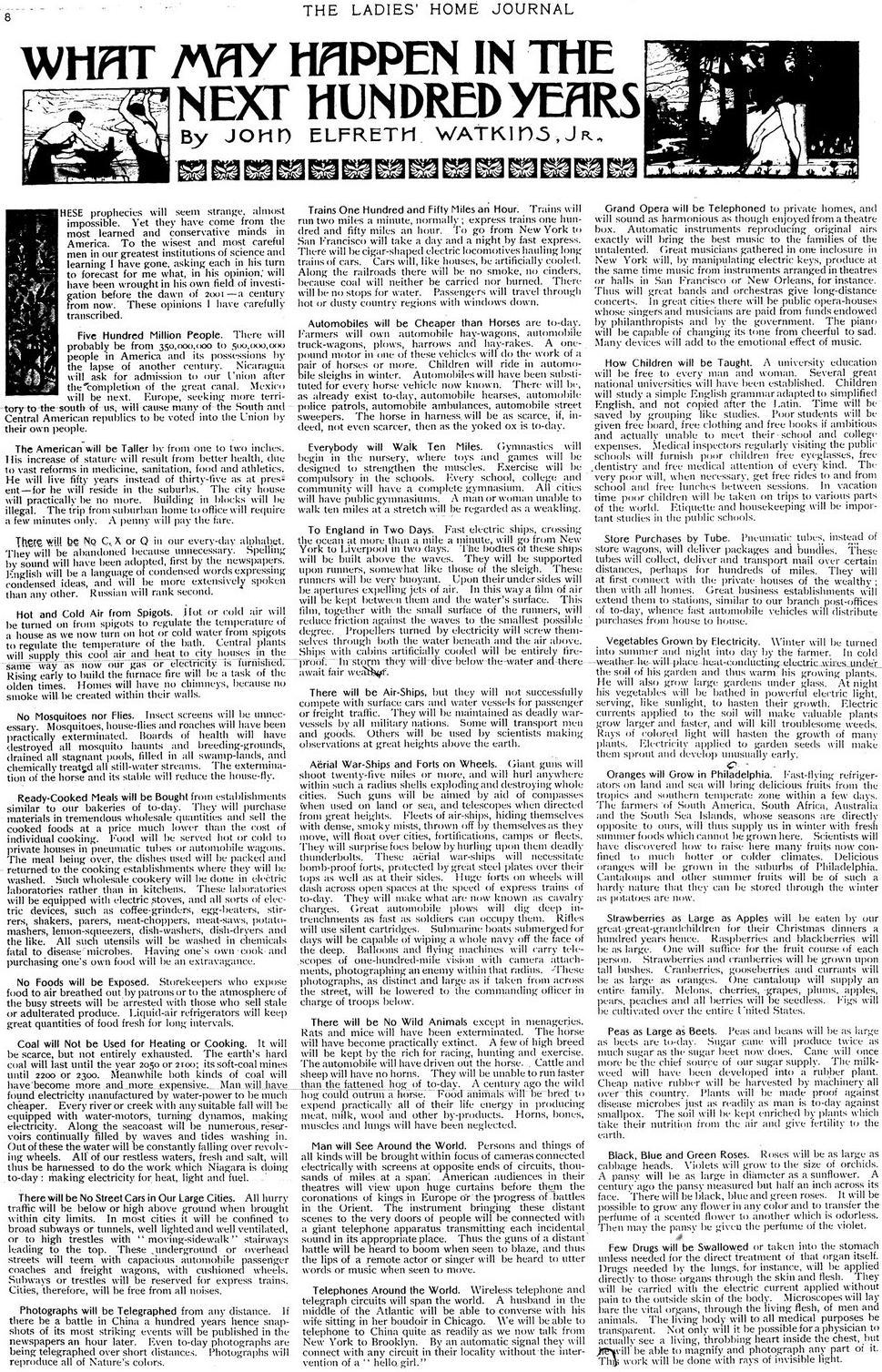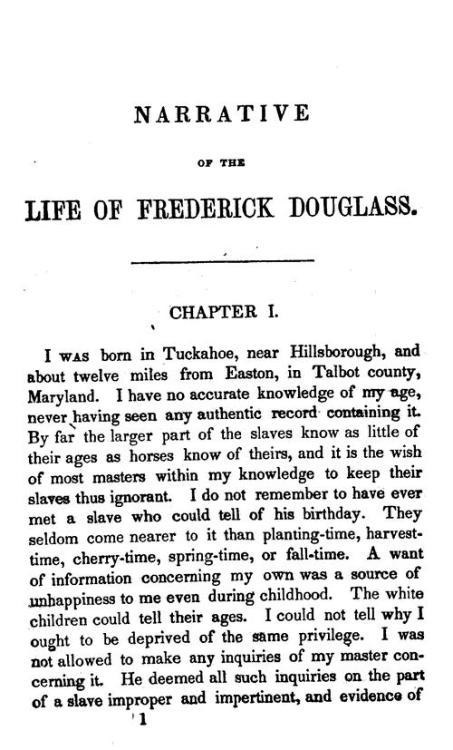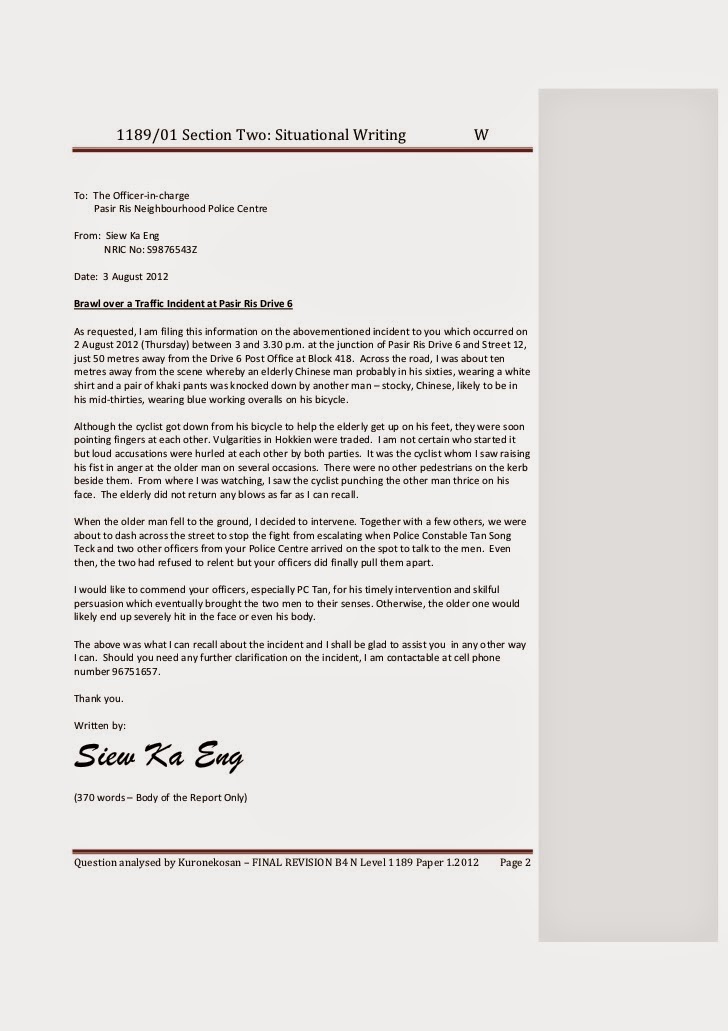Free Essay: Bloody Code: A Series of Severe Laws and.
The 'Bloody Code' was the name given to the English legal system from the late 17th Century to the early 19th Century. It was known as the Bloody Code because of the huge numbers of crimes for which the death penalty could be imposed. It would seem as if every crime was punishable by death in the 1800s, even those which we would consider to be.The Bloody Code is the name given to a range of crimes punishable by death in 18th-19th Century England. After the English Civil war and the Glorious Revolution, the land-owning classes tried to get back some kind of control over Government.The chaos of the preceeding generations was beginning to come to an end, but a fear of anarchy remained among the elites.Free Essays on Bloody Code. Get help with your writing. 1 through 30.
The crime rate was not high, actually, but they feared that it was, as towns grew in size and the old village community crumbled. There was also no police force. The Bloody Code was therefore a threat: severe retribution would happen to those thinking of breaking the law by infringing property rights. A great deal was made of hangings. They.The Waltham Black Act in 1723 established the system known as the Bloody Code which imposed the death penalty for over two hundred, often petty, offences. Its aim was deterrence. Those in court.

It was known as the 'Bloody Code' because of the huge numbers of crimes for which the death penalty could be imposed. If you look at the statute books for the 18th century it would seem as if every crime was punishable by death, even those which we would consider to be very minor or trivial today.












